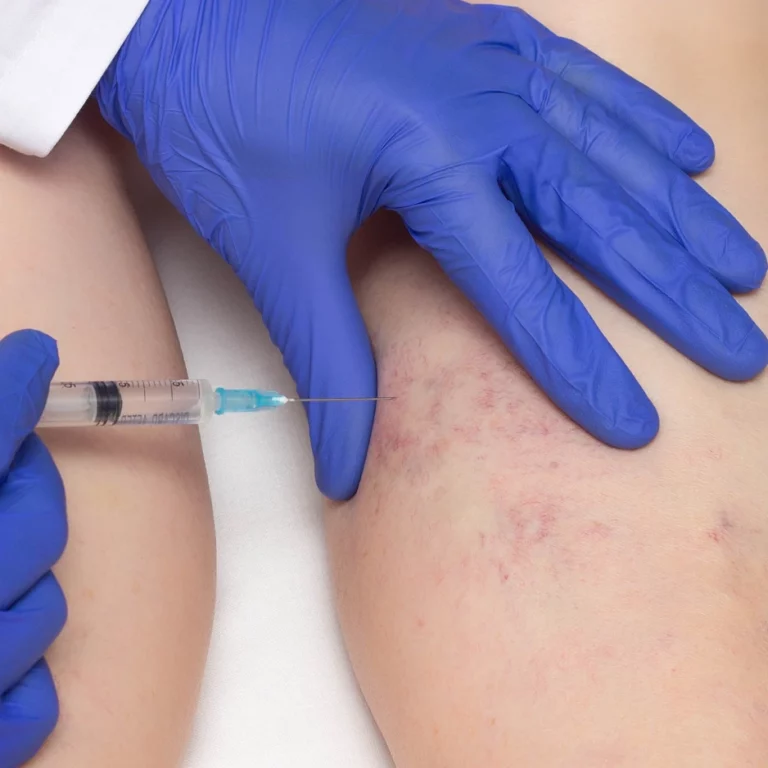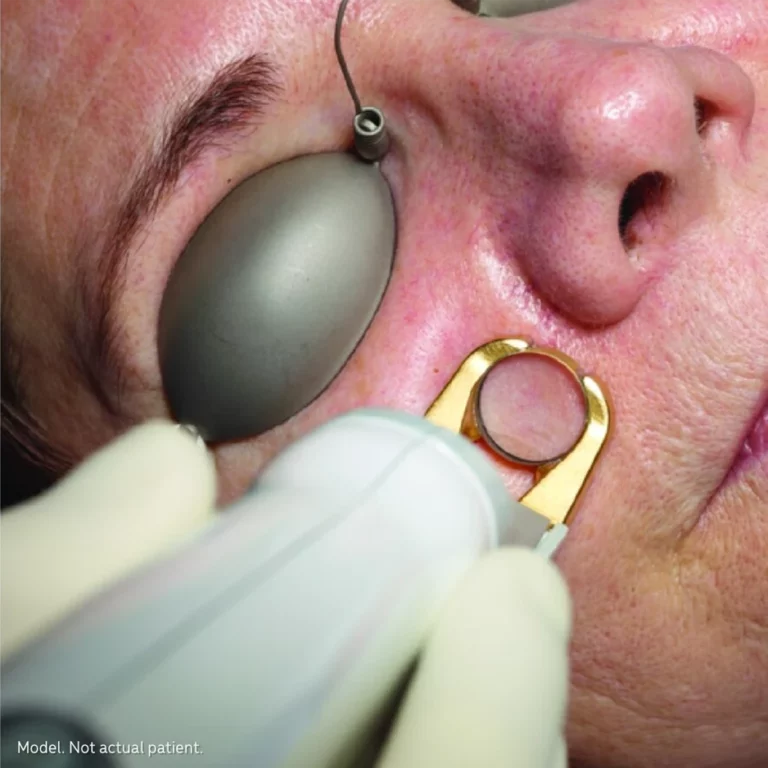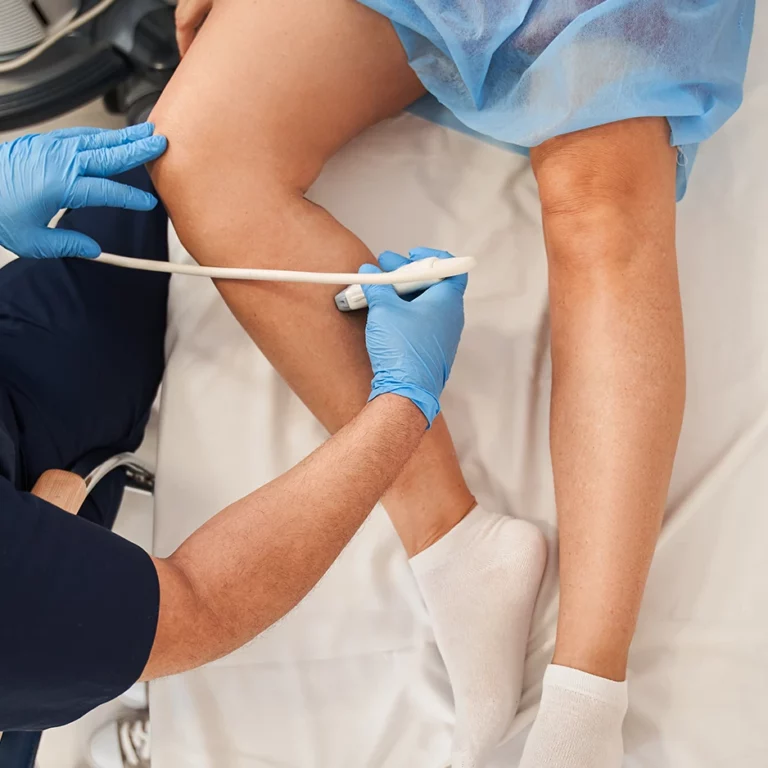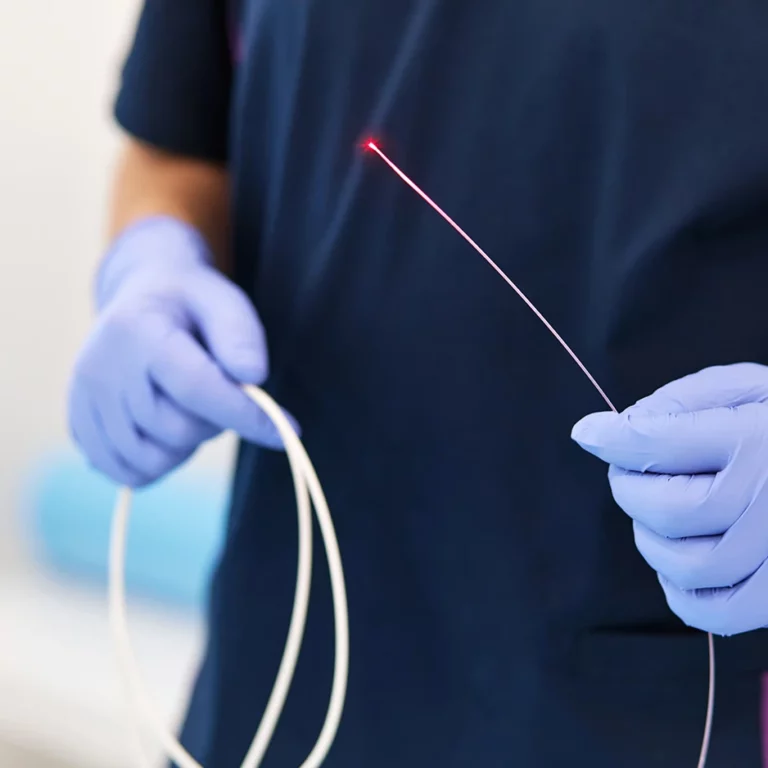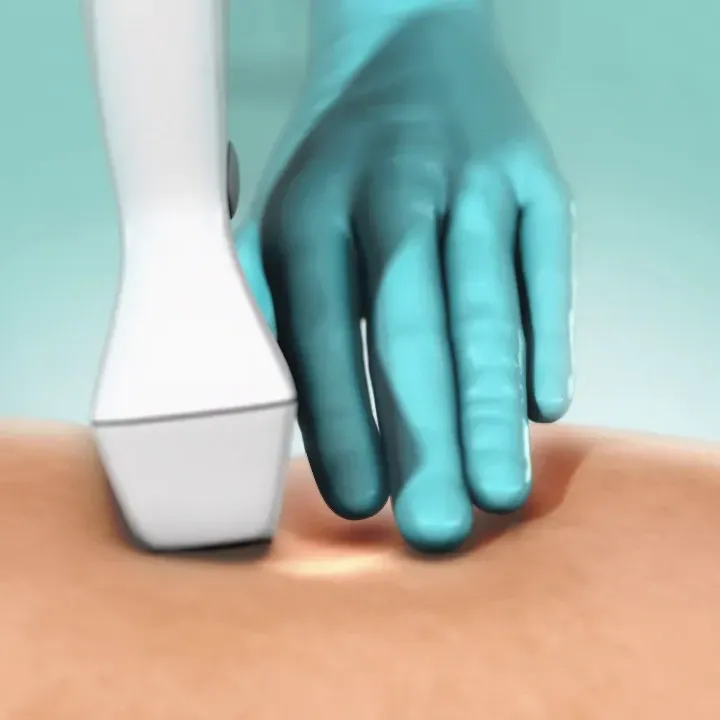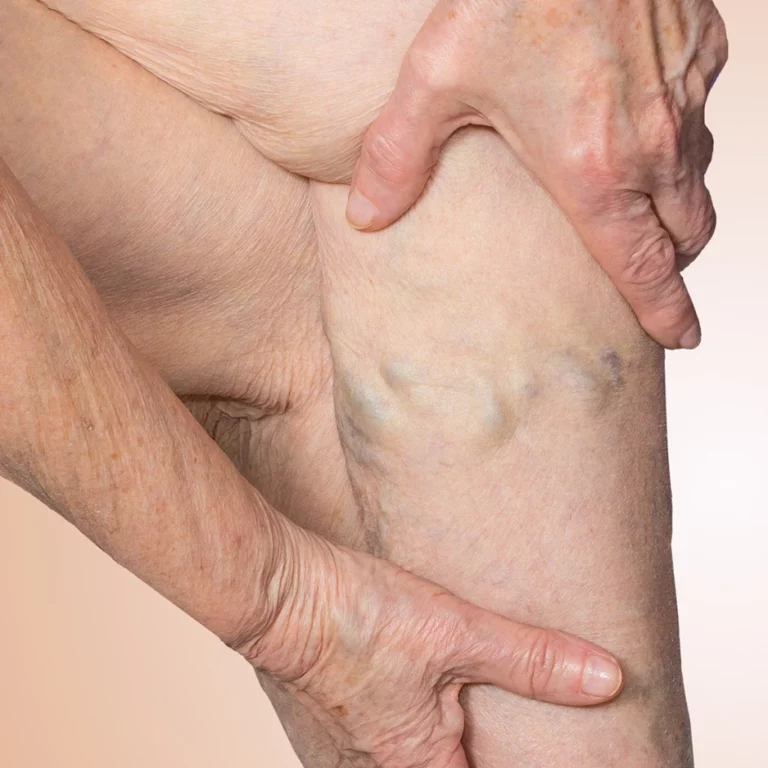Comprehensive Vein Treatments We Offer
Cosmetic Sclerotherapy Treatments Cosmetic sclerotherapy is a technique that involves the use of a very fine needle to inject a solution into the veins. The solution causes the lining of the vein wall to scar down and close. With the closure, the veins fade over 2-3 months. Most patients experience 60-80% fading with initial injections, ...
Cosmetic Laser Therapy for Veins and Skin Conditions Medical lasers provide safe and effective non-surgical treatment of spider veins on the legs and face. The Excel V+ laser delivers pulses of light energy to the unwanted vein, which causes the blood within the treated vein to coagulate. Once the treated veins are closed, the body ...
Laser Genesis Facial for Smoother, Healthier Skin A Laser Genesis facial is a non-invasive procedure that uses a laser to gently heat the skin, resulting in the production of new skin cells and activation of collagen. It improves the appearance of fine lines, wrinkles, redness, brown spots, and acne scarring. A Laser Genesis facial is ...
Ultrasound-Guided Sclerotherapy for Varicose Vein Relief Ultrasound-guided sclerotherapy is a medical procedure used to treat varicose veins and perforating veins not visible from the surface of the skin. These veins are not working properly, and by closing them down, blood flow can be routed to healthy veins, which will decrease a patient’s leg symptoms. Who ...
Venous Ablation for Superficial Venous Reflux Treatment Venous ablation is a minimally invasive treatment for superficial venous reflux. With state-of-the-art technology, venous ablation provides an alternative to traditional vein-stripping surgery. During this outpatient procedure, a thin catheter, or tube, is inserted into the vein through a small opening, using only a single needle stick. The ...
VenaSeal™ Treatment for Varicose Veins in Minneapolis, MN VenaSeal™ is one of the most exciting innovations in treating varicose veins and one of many treatment options available through Minneapolis Vein Center in Plymouth, Minnesota, serving the surrounding communities of Minneapolis, St. Paul, and areas of Wisconsin. The clinical team achieves excellent results with this new ...
Ambulatory Phlebectomy Treatment in Minneapolis, MN Ambulatory phlebectomy, performed at Minneapolis Vein Center in Plymouth, is a minimally invasive surgical technique to remove medium to large varicose veins. Using a special set of tools, the vascular physicians make tiny incisions in the skin to remove the affected veins. Incisions are so tiny that stitches are ...
